Quantum Application for ECG Anomaly Detection
Project Name: Quantum detection of cardiovascular events in cardiac signals
Credits Granted to Pivotport, Inc. by Microsoft Azure Quantum Program:
$50000 USD worth usage of Azure Quantum Service for the IonQ QPU provider. Unlimited usage for the IonQ Simulator.
The above credits will be made available to Pivotport, Inc. starting on October 1, 2021, and expiring on June 30, 2022.
Pivotport, Inc. is currently in the planning phase to conduct this project on Quantum Computing platforms such as IonQ (preview available via Azure Quantum) available via Microsoft Azure.
Update: February 27, 2022:
Pivotport has completed execution of its quantum frequency detector on Azure Quantum via the IonQ provider using IonQ Simulator as well as IonQ QPU in preparation for the upcoming trials for cardiac waveforms. A total of 60 million gate shots were applied on a test QFT circuit to ingest and process signals on the IonQ hardware this morning with results to be published soon.
Update: March 17, 2022:

Left: First-ever Quantum Simulation used to detect a Cardiac Anomaly.
Right: Classical computing based image to detect a Cardiac Anomaly.
We are racing to complete the Quantum code and execute it on IonQ via Azure Quantum by end of March. We plan to publish results during April.
Update: April 11, 2022:
We have used publicly available cardiovascular ECG datasets to develop the below Quantum Spectrograms which depict different cardiac events using a frequency and time based spectrum. These have been obtained as output from IonQ Simulator executions run in Jupyter Notebook that calls the IonQ provider from an Azure Quantum Workspace.
We are now awaiting the availability of IonQ’s latest device, Aria on Pivotport’s Microsoft Azure Quantum Workspace to execute the Quantum code on its Quantum Processing Unit (QPU).
We will determine the time to compute on Aria and compare each run with Classical Computing executions of the same outputs. The goal is to understand if there is a significant speed advantage in using Quantum Computing to detect ECG anomalies as a potential application in the cardiac ward of a hospital.
The dataset we used had only six ECG that were continuous, and we have executed anomaly detection Quantum Spectrograms on six of these shown below.
Ventricular Tachycardia: Each ECG was 8 minutes long.
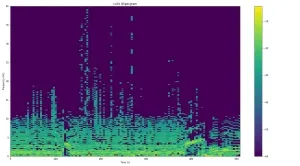
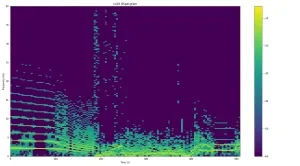
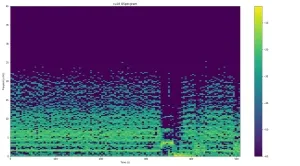
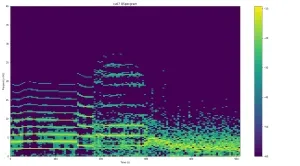
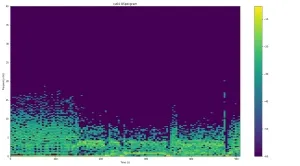
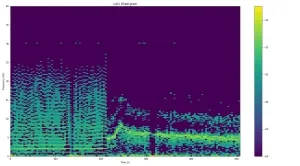
Update April 30, 2022:
We have started conducting further refinements to improve resolution of the Quantum Spectrograms using a total of 16513 IonQ Simulator jobs since late March till early May in preparation for the QPU based execution of the same record set to commence soon. In the first dataset, we used Ventricular Tachycardia ECG signals. A second data set of ECG signals for Ventricular Ectopy has also been processed to generate the below images of the frequency spectrum across the entire captured signal for each image.
Ventricular Ectopy: Each ECG was 35 minutes long.
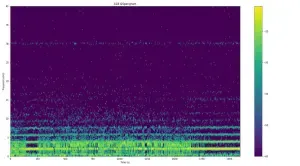
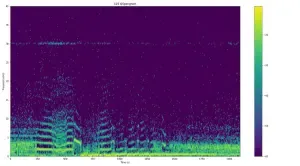
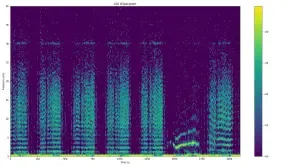
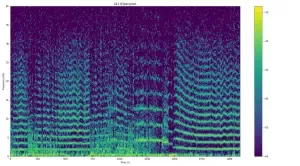
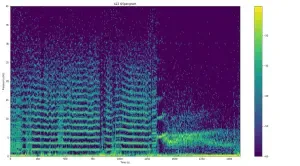
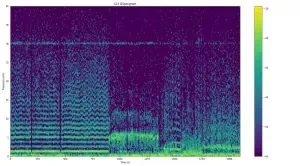
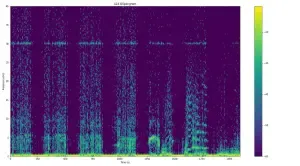
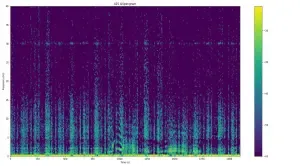
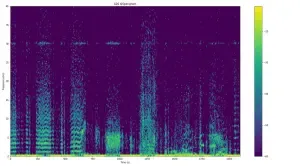
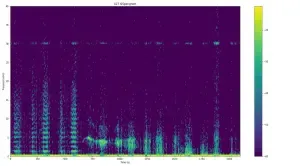
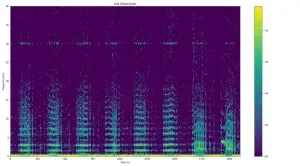
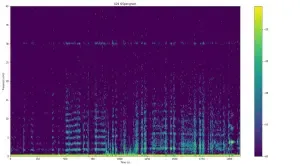
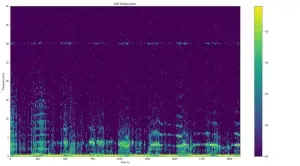
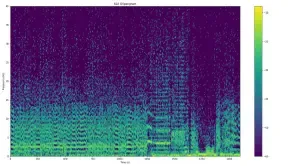
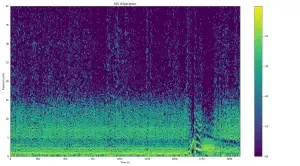
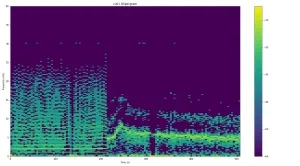
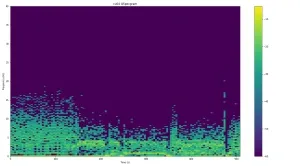
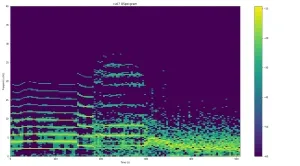
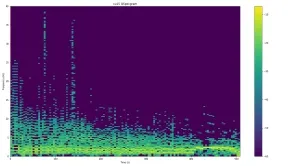
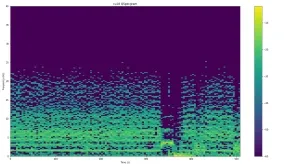
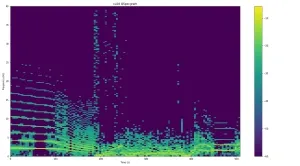
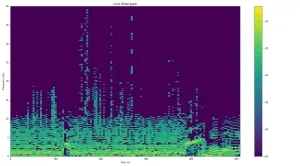
We conducted very successful simulations using the IonQ Simulator provider via the Pivotport Quantum Workspace over the last weekend of April.
The first set of ECGs we had used in the prior simulation were for Ventricular Tachycardia, with 8 minutes duration for each of 7 continuous ECGs.
The second set of ECGs we used in the latest simulation were for Ventricular Ectopy, with 35 minutes duration for each of 22 continuous ECGs.
Both types of ventricular cardiac anomalies may occur in Covid-19 recovered patients and can indicate cardiac tissue damage and elevated risk of cardiac disease, among many other causes. Due to the large recovered patient base, high speed processing could allow faster decision support for diagnosis, so Quantum Advantage could be very important in the solution for this problem.
Due to four times longer duration, the second dataset took a lot more jobs to execute. Approximately four times as many as the first dataset, to generate the Quantum Spectrograms.
We plan to calculate the number of Tachycardia and Ectopy ECGs possible to process their Quantum Spectrograms using QPU execution with the Azure Credits we have, for a total not exceeding 333M gate shots.
We will get important learnings from this:
-
Duration to simulate compared to duration to execute on QPU for Quantum Spectrograms. This may demonstrate quantum advantage for such detection.
-
Qualitative comparison of Phase 1 (Detection) Quantum Spectrograms between simulated and QPU execution. This may determine if there is noise in the QPU based results thus giving us insights into the speed versus quality tradeoff between simulation and QPU calculations, which in turn will drive the Phase 2 (Identification) QML based certainty for simulated versus QPU results.
We used a total of over 16000 jobs to simulate the results so far. The initial test simulations for the first 1000 jobs were to debug our code. The next 3000 jobs were for the first dataset for Tachycardia. The remaining 12000 jobs were for the second dataset for Ectopy.

